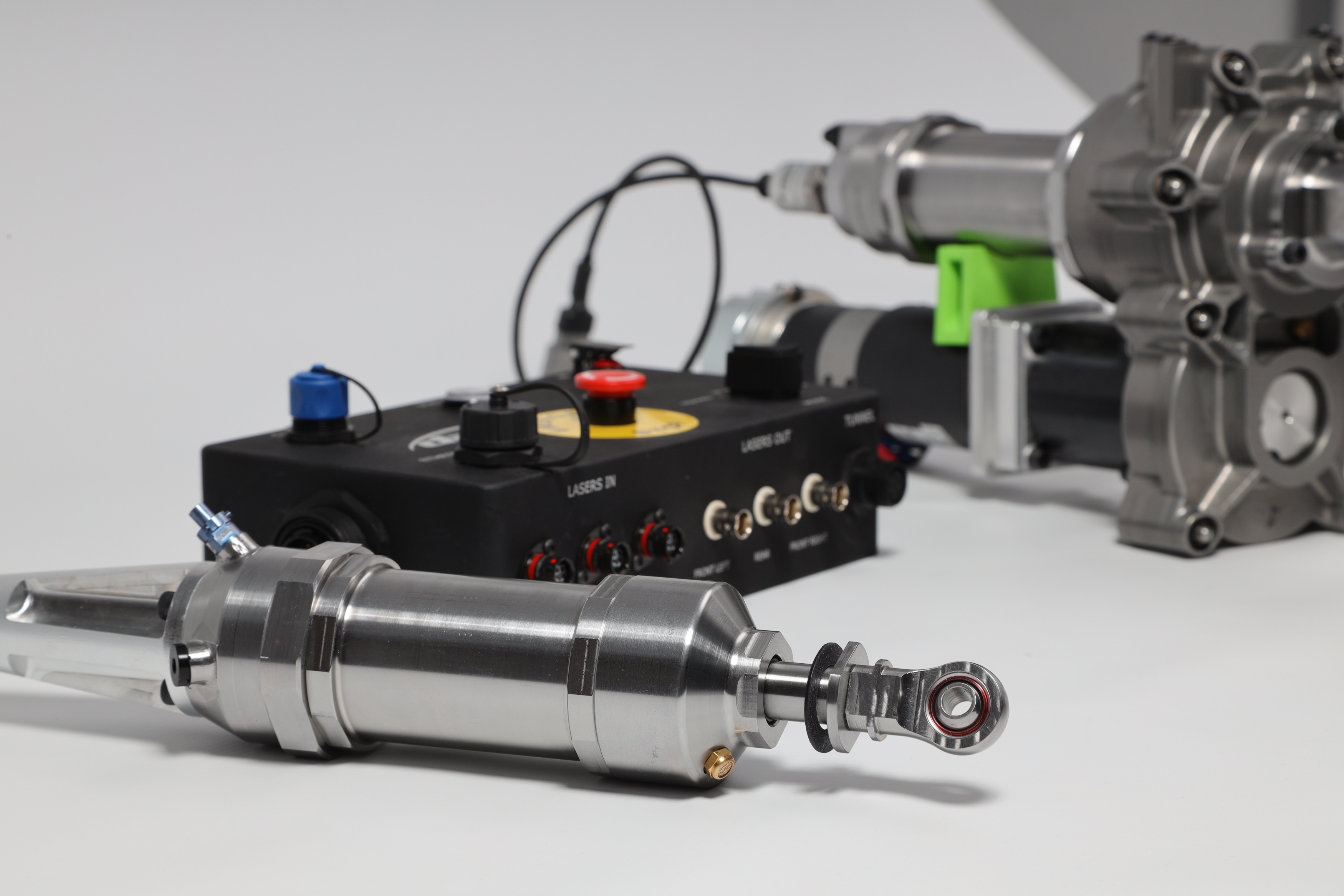UK-based engineering specialist D2H Advanced Technologies has been working extensively with the Supercars championship organisers in Australia to develop the series’s pre-season performance testing regime.
The work predominantly involved an analysis and redesign of Supercars’ Vehicle Control Aerodynamic Testing process (VCAT) to promote technical parity in vehicle performance throughout the grid.
“The aim of the VCAT test process is to enhance the championship’s racing thrills, by ensuring the manufacturers’ performance levels are closely aligned,” explained D2H aerodynamics engineering director Chris Hebert. “Part of this is to overcome the aerodynamic advantages inherent in the design of differing bodyshells. The Supercars organizers asked us to use our experience to help update the VCAT process using best-in-class technology, to keep pace with aerodynamic developments generally and eliminate undue competitive advantage. Results in 2020 would suggest that we have been successful in doing so.”
The company’s solution involved the aerodynamic simulation of both manufacturer’s cars (Ford and Chevrolet) before the 2020 test event, reducing the duration of the event itself.
“Our simulations were extremely accurate when compared to the VCAT tests, which is both gratifying and useful: we were able to anticipate aspects of each car’s performance beforehand, cutting time down at the test event,” noted Hebert, adding that this provided a significant cost and time advantage to competitor teams and manufacturers.
Part of the VCAT process developments devised by D2H included the design, manufacture and implementation of a ride height control system for the test cars of the two manufacturer homologation teams. The company highlights that this ensured absolute uniformity of vehicle set-up throughout the test by controlling the test vehicles’ ride height.
Australia Supercars head of motorsport Adrian Burgess remarked, “For 2020, we were keen for VCAT to encourage data sharing so that it was not only the two homologated teams involved which would benefit from physical testing. The aim is to accelerate the learning curve of all teams – whatever their budget – achieving parity and ensuring that the team which makes best use of available data can support its drivers to the fullest degree. It’s important that, come race day, privateers can have a shot against the homologated manufacturer teams which provides closer, more thrilling and unpredictable racing.”
The data sharing referenced by Burgess relates to the complete service provision of D2H. The company ran the latest VCAT using a team of its own engineers and completed its own data capture. This data was made available to all teams for further analysis, avoiding any delay in the dissemination of data and ensuring absolute clarity.



